Three-day Circle of Hadith Sciences

Minhaj-ul-Quran ‘Ulama Council organized a three-day Circle of Hadith Sciences (Dawra Uloom al-Hadith) that was the reminiscent of the academic, intellectual and research gatherings used to be held in Samarqand, Bukhara, Nishapur and Baghdad during the middle ages. Three-day Circle of Hadith Sciences was massively attended by religious scholars, hadith-scholars, professors of different universities and colleges, doctors, lecturers, teachers and students across the country. Female participants also took active part in these academic sessions. Since these sessions were not for public consumption, it was being expected that participation would be limited but the very presence of Hujja al-Muhaddithin Shaykh-ul-Islam Dr Muhammad Tahir-ul-Qadri coupled with passion for learning hadith sciences from him as per contemporary needs brought about the huge participation of the knowledge seekers who rushed to attend the sessions to quench their thirst of knowledge and seek the company of the Shaykh-ul-Islam.
Thousands of religious scholars had got themselves registered even before the last date for registration, i.e., October 4, 2017. The process of registration continued till last day due to which more than four thousands participants were able to attend the Circle of Hadith Sciences, making it look like three-day collective i‘tikaf. Every participant had to go through the process of registration in order to make it easy for the management to have the exact estimate, aim to serve participants with ideal hospitality.
The managerial team working under the supervision of Secretary-General of MQI, Khurram Nawaz Gandapur, made excellent arrangements of food and lodging for the seekers of hadith sciences in Aghosh and Tahfeez-ul-Quran complexes. Beautiful stage and canopy were erected in the compound of Jamia Minhaj to conduct this program. Huge screens were installed for the participants so that they could watch and listen to their beloved Shaykh. All arrangements were widely appreciated by the participants.
The most striking feature of the three-day hadith sciences program was the presence of Shaykh-ul-Islam Dr Tahir-ul-Qadri who not only received ijazaat (permission) from the most eminent hadith-scholars of Arab and non-Arab world but also his invaluable work on hadith as per the contemporary needs would continue to meet academic requirements of coming millennia. In addition to his mastery of classical and modern sciences, the complete reliance over the Holy Qur’an and hadiths and original sources is his distinguishing feature that is hard to be found in the contemporary religious scholars. So this beautiful blend of modern and classical sciences is instrumental in understanding his discourse.
Another chief feature of the prestigious personality of the Shaykh-ul-Islam is that he has never associated himself with particular school of thought; rather his movement is oriented towards the revival and service of Islam. This vision was magnificently reflected by three-day hadith sciences program that was attended not by the affiliates of particular sect rather by adherents of all schools of thought. So to say, this program was not just academic in nature but, in fact, it was the practical demonstration of the unity of different schools of thought. It is the eloquent proof of the fact that in this the schism-ridden age where everybody has set up his own religious franchise and distorts the religion to support his own sect or school of thought through which seeds of hatred are sown, where illogical approach in refuting and rejecting opinions of others seems more trendy and dominant, where churning of fatwas has become a routine matter; in such society there is one personality whose voice is widely heard and whose opinion is trusted by representatives of all schools of thoughts with full zeal and devotion.
Monologues of Hadith Sciences (Lectures in Dawra Uloom-ul-Hadith)
The Prophetic hadith enjoy the status of the second most authentic source of Islamic law after the Holy Qur’an. Almighty Allah says in sura al-Najm (53:3–4):

‘And he does not speak out of his (own) desire. His speech is nothing but Revelation, which is sent to him.’
It is stated in sura al-Hashr (59:7):

‘And whatever the Messenger (blessings and peace be upon him) gives you, take that and whatever he forbids you, abstain (from that).’
These and many other verses of the Holy Qur’an prove the authenticity of hadith and sunna. Hadith also serves as the interpretation, explanation and elucidation of the Qur’an and enjoys the independent source of explanation. In both these cases, the importance and relevance of the Prophetic Hadith and Sunnah is universally recognized and accepted.
Shaykh-ul-Islam Dr Muhammad Tahir-ul-Qadri made it crystal clear in the very beginning that the three-day hadith sciences program would peculiarly focus on the science of hadith rather than the textual study of hadiths. The following were the key topics of the three-day Circle of Hadith Sciences.
1. On the first day of three-day Circle of Hadith Sciences, Shaykh-ul-Islam illuminated hadith terminologies, classification and the kinds of hadith. Although these terms are very familiar, Dr Qadri discussed only those aspects, which are rarely taught by scholars and teachers. Some unique aspects of al-hadith al-sahih (sound hadith) were also discussed briefly.
2. On the second day, categories of al-hadith al-sahih (sound hadith), lack of all-inclusiveness of sound hadith in Sahih al-Bukhari and Sahih Muslim along with al-hadith al-da‘if (weak hadith) came under discussion.
3. On the third and final day of the Dawra, Shaykh-ul-Islam shed light on the status of al-hadith al-da‘if, ranks of Four Books of Sunan from Sihah Sitta and principles of al-Jarh and al-Ta‘dil, i.e., study of the categories of discrediting and ranks of commendation.
Hujjat al-Muhaddithin (conclusive authority over hadith-scholars) while dwelling upon the technical aspects of above-mentioned topics, brought out such subtle nuances that were new even to those who were associated with teaching hadith sciences for more than four decades. The succinct and compact elaboration of such complicated subject is but the exclusive domain of Shaykh-ul-Islam.
It is definitely not possible to condense these lectures in a few lines here. The justice could only be done by participating in the three-day hadith sciences program in order to learn and imbibe the whole reservoir of knowledge in the company of Hujja al-Muhaddithin. Here, a few points are enough to increase the thirst of the knowledge seekers so that they may not only be able to benefit themselves through listening to and watching the recordings but also get themselves registered in advance for such future sessions.
While defining the hadith, Hujja al-Muhaddithin said that any action, utterance and taqrir (deliberate silence) that is attributed to the Holy Prophet (peace and blessings be upon him) or any narration that describes his physical and moral trait and even his dream is marked as Hadith. Dr Tahir-ul-Qadri quoted many hadiths to substantiate accurate ruling. While referring to Ibn al-Akfani’s Irshad al-Maqaasid, he bifurcated hadith sciences into two parts. One part is associated with al-riwaya (hadith narration and transmission), and the other part is linked with al-diraya (the understanding and analysis of hadiths). In other words, ‘al-Riwaya’ is the narration of the action, utterance and taqrir (deliberate silence) of the Holy Prophet (blessings and peace be upon him) and ‘al-diraya’ deals with the authenticity of ‘riwaya’, condition, circumstances and life histories of narrators.
Explaining the kinds of hadith, Shaykh-ul-Islam succinctly and comprehensively described different kinds of hadith of the same ranks such as al-sahih (sound), hasan (fair), al-da‘if (weak), al-mursal (incomplete), al-mu‘dal (unattached), al-munqata‘ (broken or disconnected), al-munkar (impracticable) and al-mawdu‘ (forged; facricated), etc. He elucidated these kinds with many examples. He said that consecutive narration (al-hadith al-mutawatar) has never been the subject of discussion by the hadith-scholars and traditionists because when consecutive hadith enjoys the status of certainty, its chain of narrators is not brought under discussion. He added that isolated hadith (al-khabr al-wahid) is the domain of hadith-scholars and hadithologists, because isolated hadith will only be termed as accepted, if it fulfills the prescribed conditions determined by traditionists and authorities of the principles of hadith. Otherwise, it would be called as mardud (rejected/dismissed). Talking about the status of rejected and dismissed hadith, he clarified the ambiguity that weak or rejected hadith should not be lumped with forged hadith as the two are diametrically opposed to each other. The hadith which is weak or rejected/dismissed, if narrated through another chain, may rise to the status of accepted hadith.
Unsound hadith, which is not sahih, is referred to the category of hadith, too. It means such hadith does not fulfil certain conditions prescribed for the sound hadith and it is lowered down to the status of fair (hasan) or da‘if (weak) hadith. It should not be inferred from this that it would be termed as fabricated hadith. al-Hadith al-da‘if (weak) has been categorized into over forty kinds out of which only fabricated and obsolete hadith fall under the category of unacceptable. The remaining categories are qualified as acceptable. In the whole history of hadith sciences, no hadith-scholar ever excluded al-hadith al-da‘if (weak) from hadith categories. However, they never rated fabricated as one of the kinds of hadith. If weak hadith is completely degraded as rejected or dismissed, hadith-scholars would not have classified the hadith into three kinds: (1) al-sahih, (2) hasan, (3) al-da‘if. Logically, they would not have evolved the term of weak hadith.
Explaining different ranks of al-hadith al-da‘if, Hujja al-Muhaddithin compared it to a patient. A patient, whether he suffers from minor diseases like influenza or fever or major diseases like hepatitis and cancer, would still be called as patient. A patient at whatever stage he is gets the treatment except that when he passes away. Because the one who is dead is not called a patient but dead body. Similarly, weak hadith is classified into different ranks as per their level of weakness and all these hadiths may attain the status of accepted hadith after treatment. Only exception is fabricated and forged hadith because it is incurable, so it is obsolete.
While discussing sound hadith, Shaykh-ul-Islam pointed out that a sound hadith is the one which meets the criteria set by traditionists and not the one that is found in Sahih al-Bukhari, Sahih Muslim or in Sihah Sitta. He explained the seven categories and ranks of sahih hadith as stated by hadith-scholars. It is interesting to note that he questioned the authenticity of these categories and ranks and proved his viewpoint through several irrefutable references. The level of authenticity of hadith neither depends upon book in which it is found nor upon content; rather it depends on the chain of narrators.
As a whole, the most authentic source of sound hadiths, Sahih al-Bukhari comes first and Sahih Muslim is ranked second. If we want to judge hadith individually, the hadith would be judged from the perspective of chain of transmission that may elevate the status of hadith as sahih even though it is not found in Sahih al-Bukhari. An attempt has been made in present times to limit the authenticity of hadith to Sahih al-Bukhari and Sahih Muslim that is, in fact, tantamount to closing the door on sound hadiths. Whereas such a claim was never made by the great Imams themselves that their books were the exclusive sources of sound hadiths. Nor had they taken upon themselves the responsibilities of collecting all sound hadiths. In fact, a great many hadiths could not find their place in their collections.
Imam al-Bukhari relates that he compiled his al-Jami‘ al-Sahih out of his collection of one hundred thousand sound hadiths. Imam Muslim relates that he did not include all those hadiths which he considered as sahih in his book, rather he was very selective in his choice of hadiths. Imam Ahmad b. Hanbal had memorized more than seven hundred thousand hadiths but he compiled al-Musnad with only thirty to forty thousand hadiths. Therefore, it is abundantly clear that sound hadith is the one that fulfils the criteria set by hadith-scholars. Those who try to refer to Sahih al-Bukhari and Sahih Muslim as the only sources of sound hadiths are totally ignorant of science of hadith.
Further explaining weak hadith, Dr Tahir-ul-Qadri made it clear that every Imam and hadith-scholar not only mentioned weak hadith in his collections but also cited them as reference. All Imams have unanimously accepted the authenticity of weak hadith in the matters concerning reward of virtuous deeds, persuasion and intimidation, morals and manners. Even Imam Bukhari’s book al-Adab al-Mufrad contains weak hadiths. Imam al-Tirmidhi has mentioned fourteen weak hadiths, which, according to him, enjoy popular acceptance. Imam al-Tirmidhi laid down the principle that when al-hadith al-da‘if gains the acceptance of authentic scholars, it ceases to be da‘if (weak) rather it attains the status of fair or sound Hadith. Imam al-Nasa’i only rejected those weak hadiths that were rejected with consensus of authentic scholars of the time. In short, weak hadiths are accepted in the matters concerning reward of virtuous deeds (fada’il al-a‘mal), persuasion and intimidation, morals and manners but not accepted in the matters concerning al-ahkam and al-aqa’id (commandments and doctrines), but in case there is no sound or fair hadith available in the matters concerning doctrines and commandments, even weak hadith would be accepted as authentic. This view is endorsed by Imam Abu Hanifa, Imam Shafi‘i, Imam Malik and Imam Ahmad b. Hanbal.
Hujja al-Muhaddithin dwelt upon the relative importance of Sunan al-Arba‘a, i.e. Sunan Abi Dawud, Sunan al-Nasa’i, Sunan al-Tirmidhi and Sunan Ibn Maja. In this regard he quoted al-Risala ila Ahl Mecca of Imam Abu Dawud for original references. In addition to this, Zahr al-Riba on Sunan al-Nasa’i written by Imam al-Suyuti was also quoted. Through this analysis, he proved that it would be utter ignorance to bracket sound hadiths with Sahih al-Bukhari and Sahih Muslim only.
Dr Tahir-ul-Qadri threw light upon such rare points while talking about the principles of al-jarh wa al-ta‘dil (study of categories of discrediting and ranks of commendation) that the participants could not help expressing their immense appreciation. al-Jarh and al-ta‘dil of the Imams will be tested on the principles of al-jarh and al-ta‘dil and if it comes up to principles, it will be accepted; otherwise it will be rejected. Contemporary jarh will not be accepted. He elucidated the topic of ‘ilm al-jarh wa al-ta‘dil with the help of examples from the life of Imam Abu Hanifa, Imam al-Bukhari and other Imams in such a short span of time that the participants were deeply impressed.
In the end, Shaykh-ul-Islam Dr Muhammad Tahir-ul-Qadri gave a set of instructions and advice to the participants of the scholarly sessions. He asked them to create scholarly and intellectual depth and embellish their talk with scholarship. They should create generosity and vastness in their hearts, stating that they should strike difference of opinion but should not lose sight of paying proper respect and deference. They can agree to any decree they may like but should abstain from turning the decree into a religious school of thought, because fatwa is the opinion of an individual, which can never be equated with an authoritative religious opinion. He said that it is fine to express difference of opinion with ijtihad of an individual and doing so is not an act of infidelity.
Shaykh-ul-Islam underlined the importance of paying proper respect and reverence to the jurists and religious scholars even if one does not follow their religious edict any more. No difference of opinion makes a dissenter get out of the fold of Islam. We have to discourage such practice, which allows others to declare people out of the ambit of Islam. We have to act upon the teachings of Islam, beautify our character with excellence of morality, adding that it will enlighten our hearts with spiritual light.
At the end of the last session, Dr Tahir-ul-Qadri gave certifications and permission to the participants so that they could continue to spread the light of knowledge with continuity on the pattern of the Imams and scholars.

Impressions of leading religious scholars
Shaykh-ul-Hadith Mufti Muhammad Farooq (Jamia Hamidiyya Rizwia, Karachi)
Expressing his views in the last session, Mufti Muhammad Farooq said:
“I am greatly privileged to have been a part of such amazing scholarly sessions and benefitted from the knowledge of Shaykh-ul-Islam Dr Muhammad Tahir-ul-Qadri. The fact is that the hadith-scholars who have been teaching the hadith sciences all their life at times face difficulties while giving lessons on terminologies of hadith. However, the comprehensiveness, clarity and elucidation with which Shaykh-ul-Islam delivered his special lectures today showed that probably he never did anything else except teaching hadith sciences in his whole life. It is only his quality, scholarly depth and reflection of his mastery that whichever topic he speaks on and explains it the most comprehensive manner that one cannot help getting impressed by the depth of his scholarship. Allah Almighty has chosen Dr Tahir-ul-Qadri not only for the Qur’anic sciences but also for the hadith sciences. May Almighty Allah give him health and long life and may He enable us to benefit from his knowledge!”
Dr Shams-ur-Rahman Shams (Imperial University Lahore)
Dr Shams-ur-Rehman Shams, Professor of Islamic Studies of Imperial University Lahore, expressed his views about the hadith sciences sessions in the following words:
“I am not in a position to comment on the scholarship, patriotism and deep commitment of Dr Muhammad Tahir-ul-Qadri with Islam and Pakistan. He is a leading Islamic authority on Islam who is spreading the real message of the faith in the world and clarifying and rejecting misconceptions in an age of Islamophobia. We have been engaged in the study and teaching of hadith all our life but the scholarly points that Shaykh-ul-Islam threw light on represented a new research for us. Only someone endowed with deep knowledge by Allah Almighty can speak on such topics. The way thirst of the knowledge seekers was quenched during three days is simply amazing and unprecedented. I pay my tributes to Minhaj-ul-Quran ‘Ulama Council for organizing such scholarly sessions. The hadith-scholars who have been teaching the hadith sciences for decades have stated that the sessions addressed by Shaykh-ul-Islam have reminded them of the scholarly moots of Baghdad and Iraq. It is not less than a rare blessing to attend such sessions on hadith and be students of such a leading scholar par excellence. May Allah Almighty give long life to Shaykh-ul-Islam and enable him to keep quenching the thirst of knowledge seekers!
Allama Zahoor Ahmad Faizi
“The way Shaykh-ul-Islam has described terminology of hadith employed by hadith narrators and scholars comprehensively, kinds and ranking of hadith, and threw light on other technical scholarly issues relating to hadith sciences, only a person of his stature could do it. I am sure that this three-day sessions on hadith will be far more effective than knowledge disseminated in a year. God willing, as the word about these lectures spreads through media, hitherto less known books will become part of libraries of people as well as universities because Dr Qadri has rendered this rarely known topic into an interesting subject.”
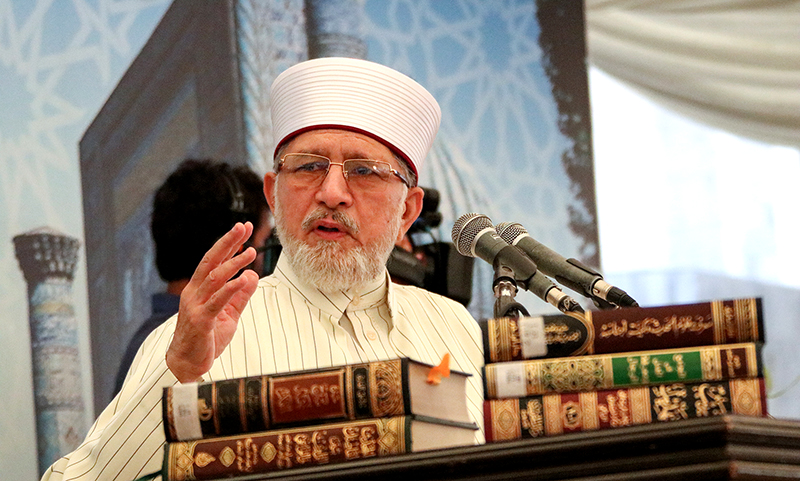

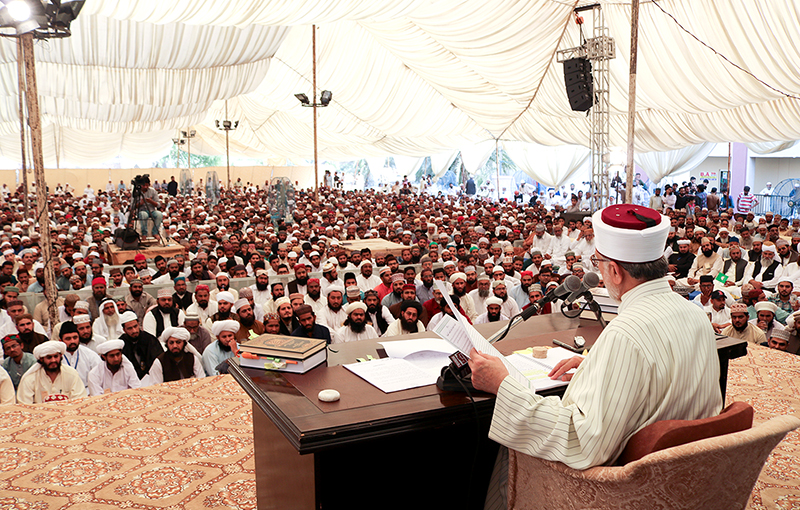
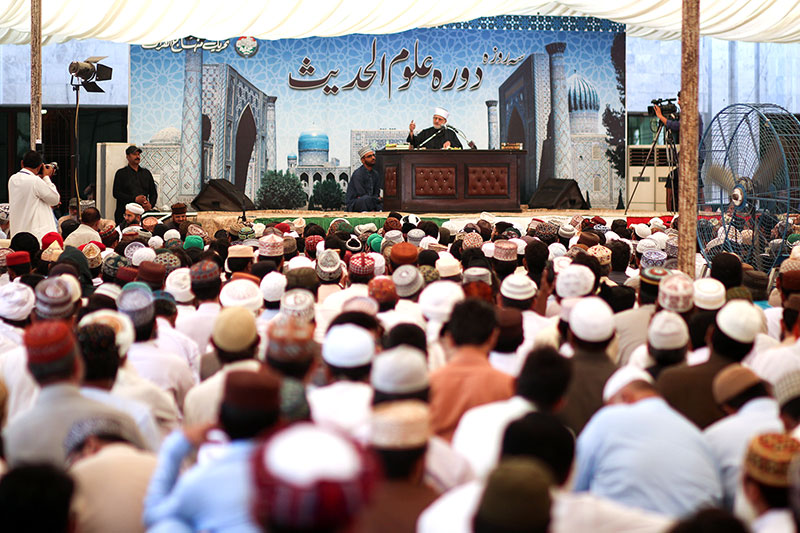
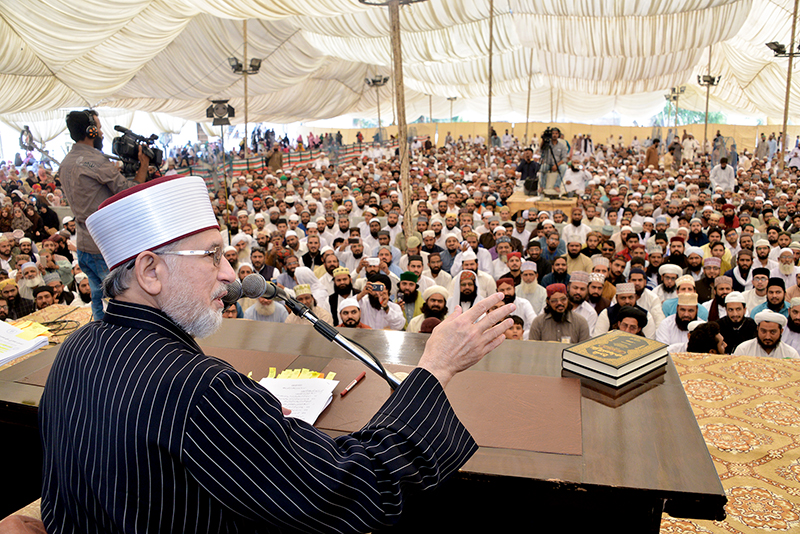
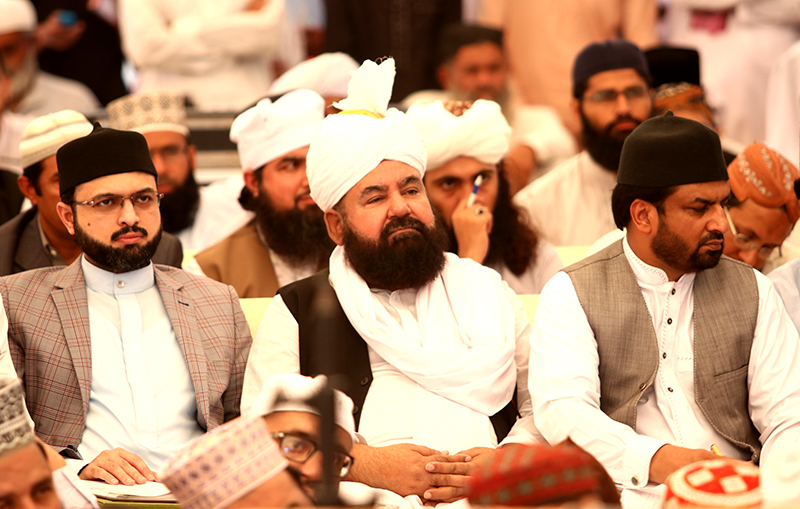
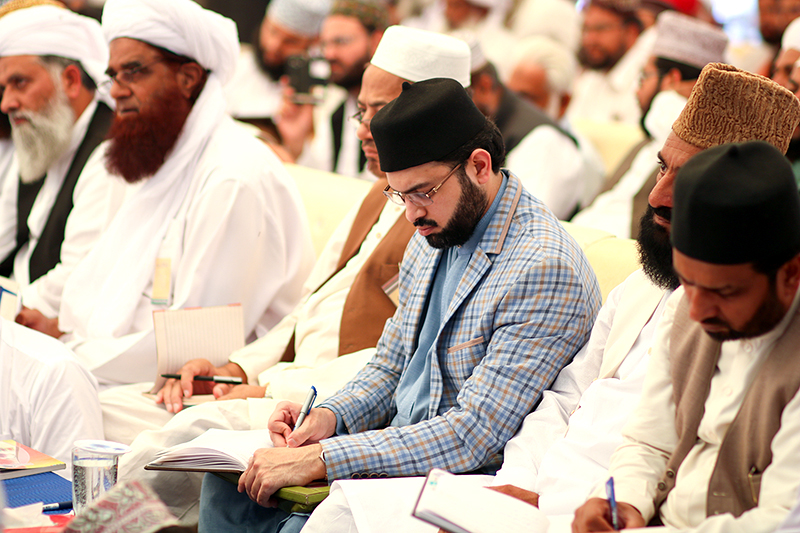

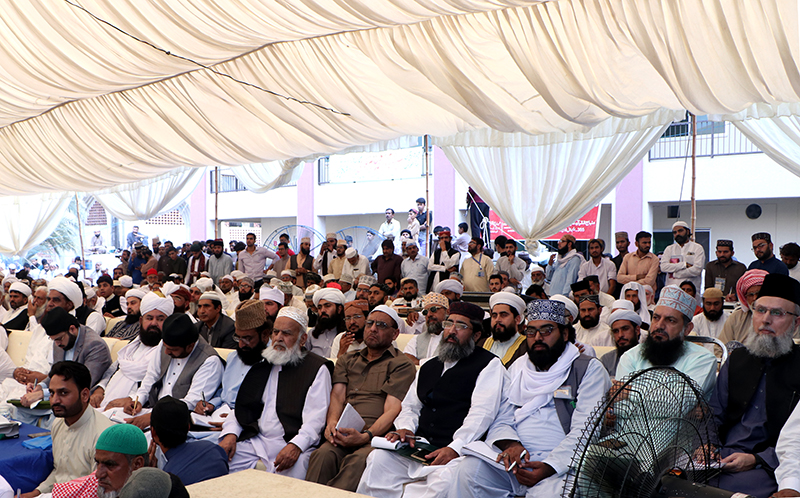

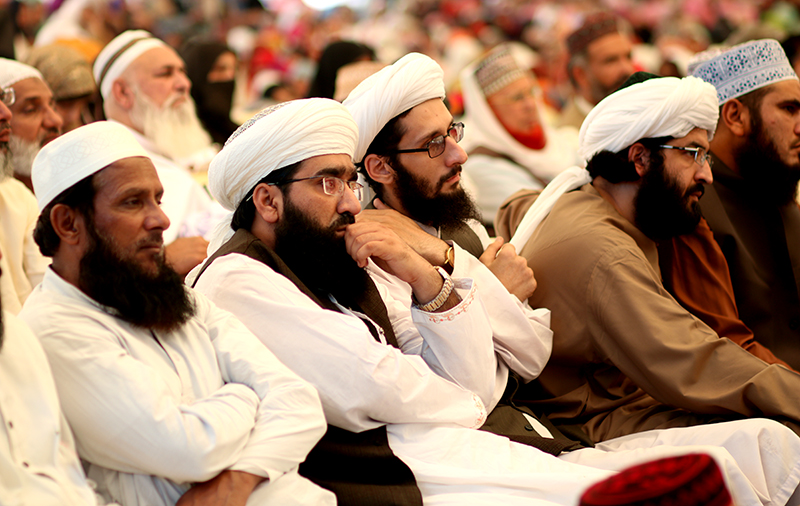
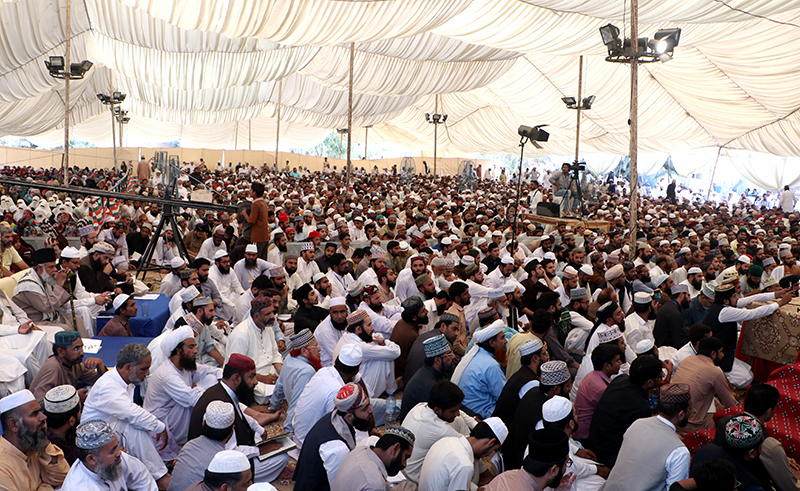


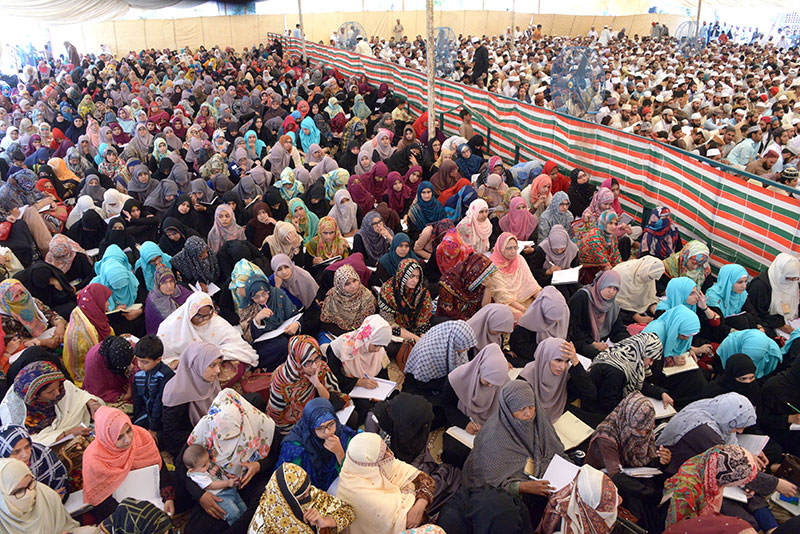







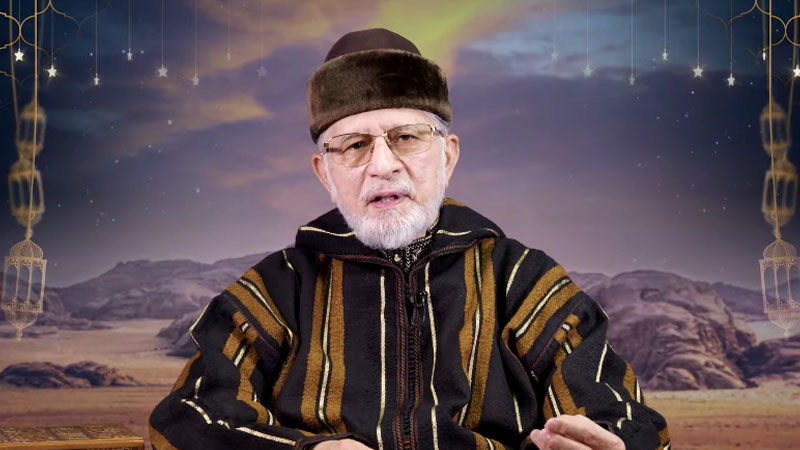

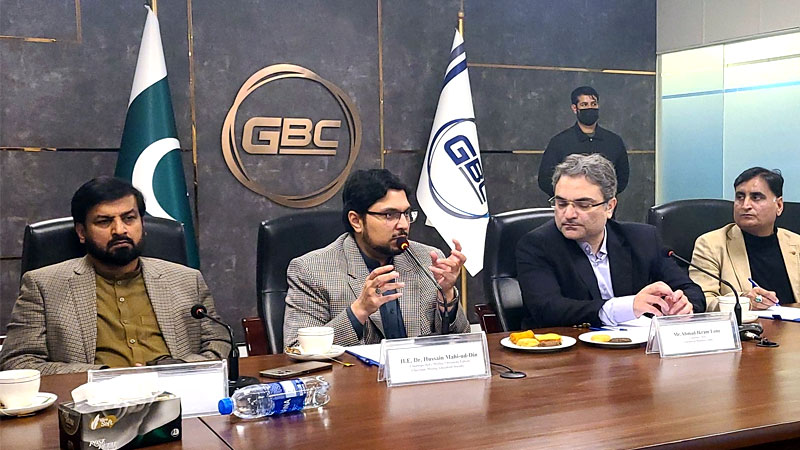
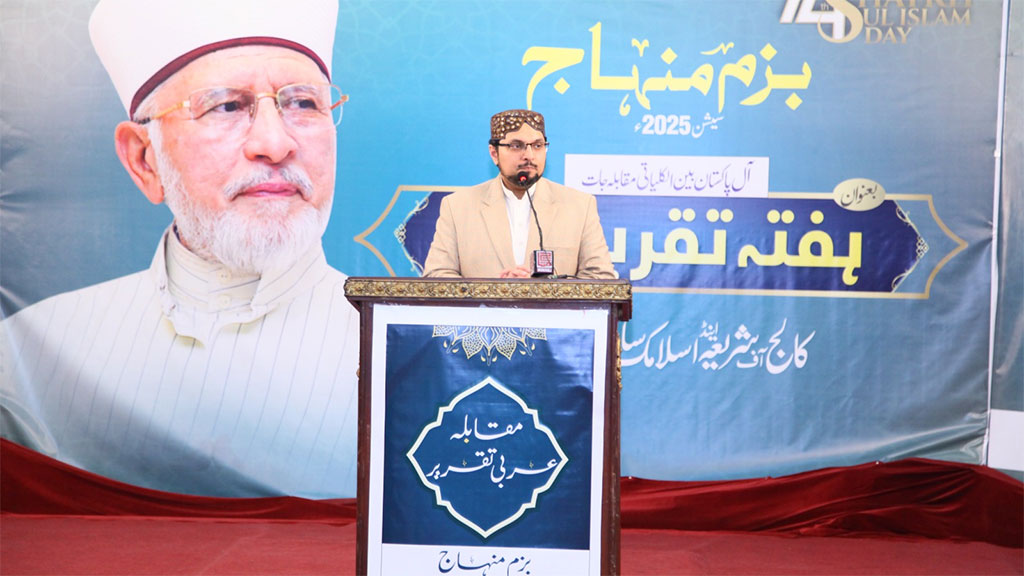
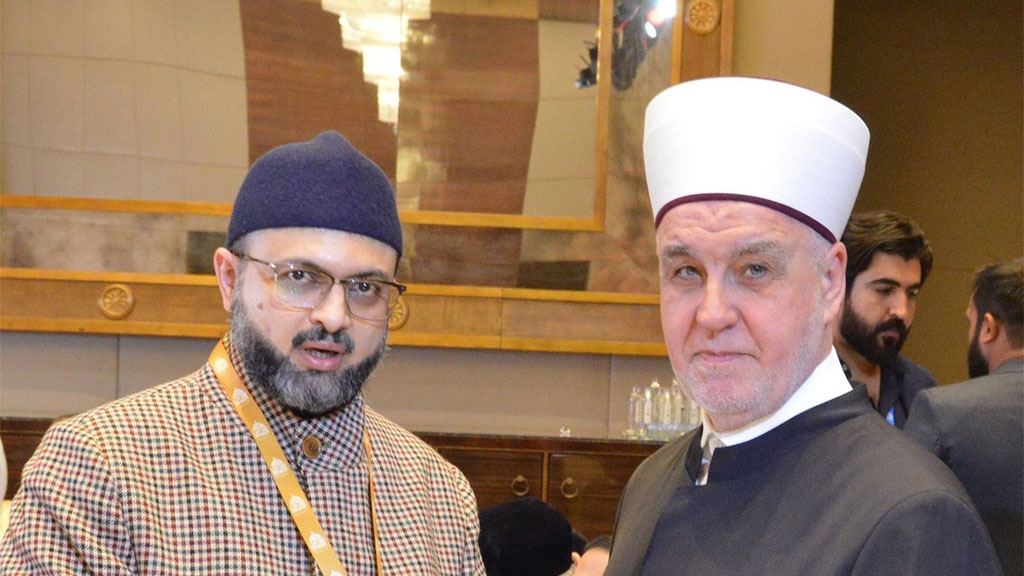

Comments